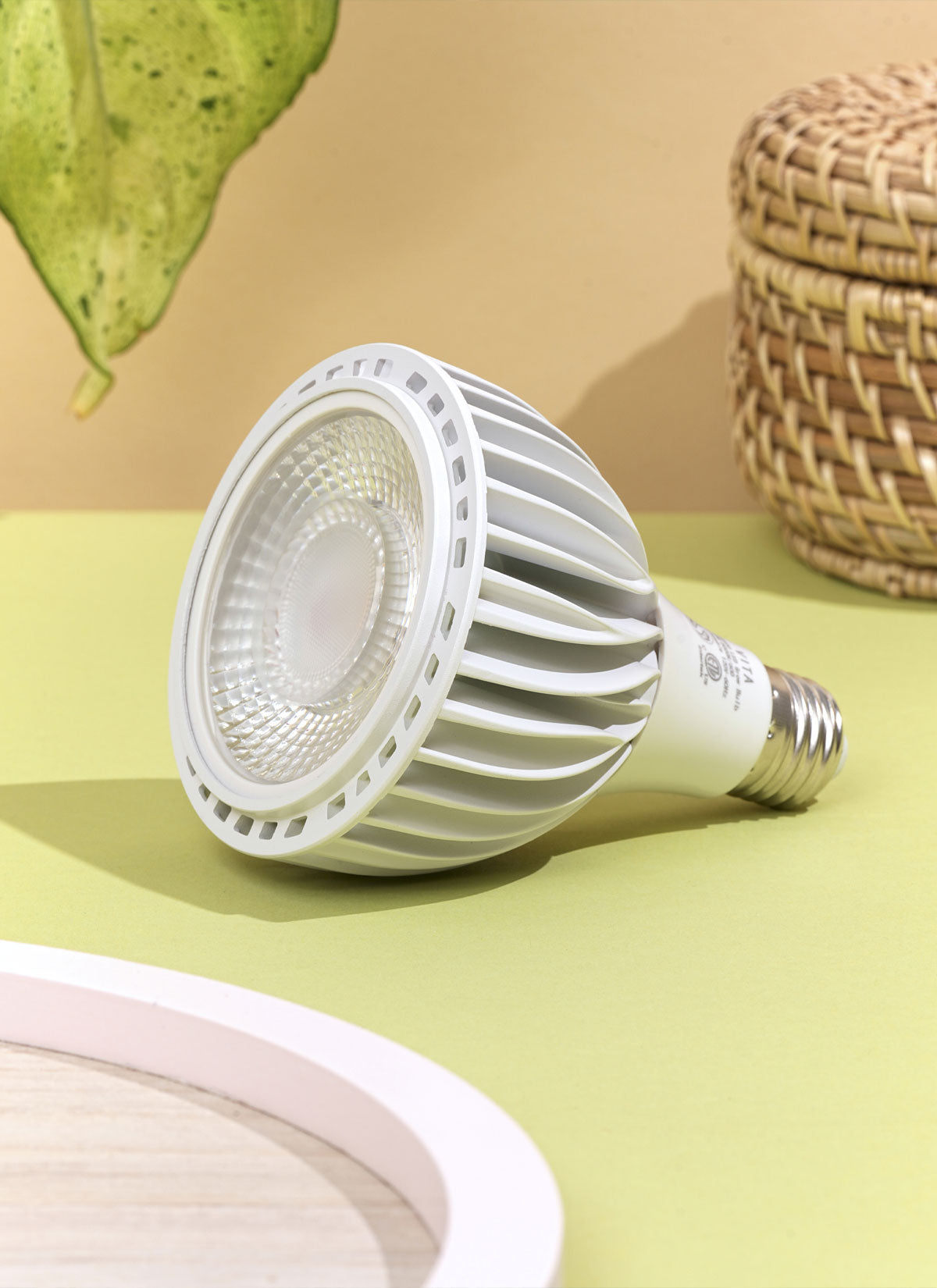Quick Tip: Water until water comes out of drainage holes. Allow top 2 inches of soil to completely dry between waterings.
It's important to strike a balance between supplying enough moisture and avoiding overwatering while watering basil. When the top inch of soil seems just a little bit dry to the touch, water the basil thoroughly. If you want to avoid waterlogging, make sure the pot has adequate drainage holes. Avoid letting the plant linger in standing water and allow any extra water drain entirely. It's crucial to remember that while basil might be sensitive to too much moisture, it prefers slightly moist soil. As a general rule, water your indoor basil plants once or twice a week, varying the amount according to the temperature, humidity, and size of the container. Keep an eye on the soil's moisture content and alter the watering schedule as necessary. To avoid root rot and other water-related problems, always keep in mind that it is preferable to gently submerge basil rather than overwater it. You may encourage healthy growth and ensure the general wellbeing of your indoor basil plants by upholding regular watering procedures.




















